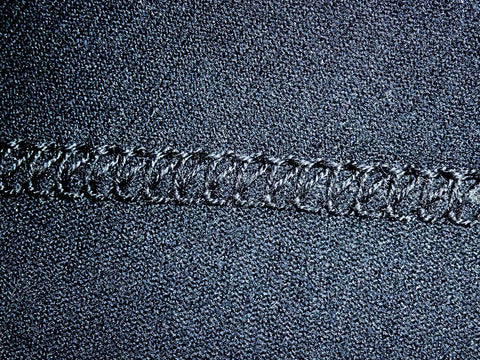- NEW
- Wings
- Foil Boards
- Hydrofoils
- Waterwear
- Downwind Foiling
- Kitesurf
- SUP
- OUTLET
- Lessons
- Demo / Second Hand
- Meteo
- Sign in
-
English
- NEW
-
Wings
-
Foil Boards
-
Hydrofoils
- Code Foils
- Code Foils S Series
- Code Foils R Series
- Code Foils X Series Front Wing
- Code AR Series Tail Wing
- Code Foils R series Tail
- Code Foils Plus Mast
- Code Foils Fuselage
- AFS Foils
- Axis Hydrofoils
- Axis Front Wings
- Axis fuselage
- Axis rear wing
- Axis mast
- Armstrong Foils
- Armastrong MA MKII
- Armstrong HA Foils
- Armstrong Apf Foils
- Armstrong DWP Foils
- All Front Wings
- Armstrong Foil Kits
- Armstrong Stabiliser
- Armstrong Mast
- Armstrong Fuselage
- Armstrong Alloy System
- Armstrong Accessories
- Duotone Hydrofoils
- Duotone mast
- Duotone Front Wing
- Duotone Fuselage
- Duotone Stabilizers
- F-One Foils
- KT Foils
- KT Foil Mast
- KT Foil Front Wings
- KT Foils Stab
- KT Foil Fuselage
- Sabfoil
- Sabfoil Kits
- Sabfoil front wing
- Sabfoil Mast
- Sabfoil Stabilizer
- Sabfoil Wing & Stabilizers Guide
- Pump- Foils
-
Waterwear
-
Downwind Foiling
-
Kitesurf
-
SUP
-
OUTLET
-
Lessons
-
Demo / Second Hand
-
Meteo






















